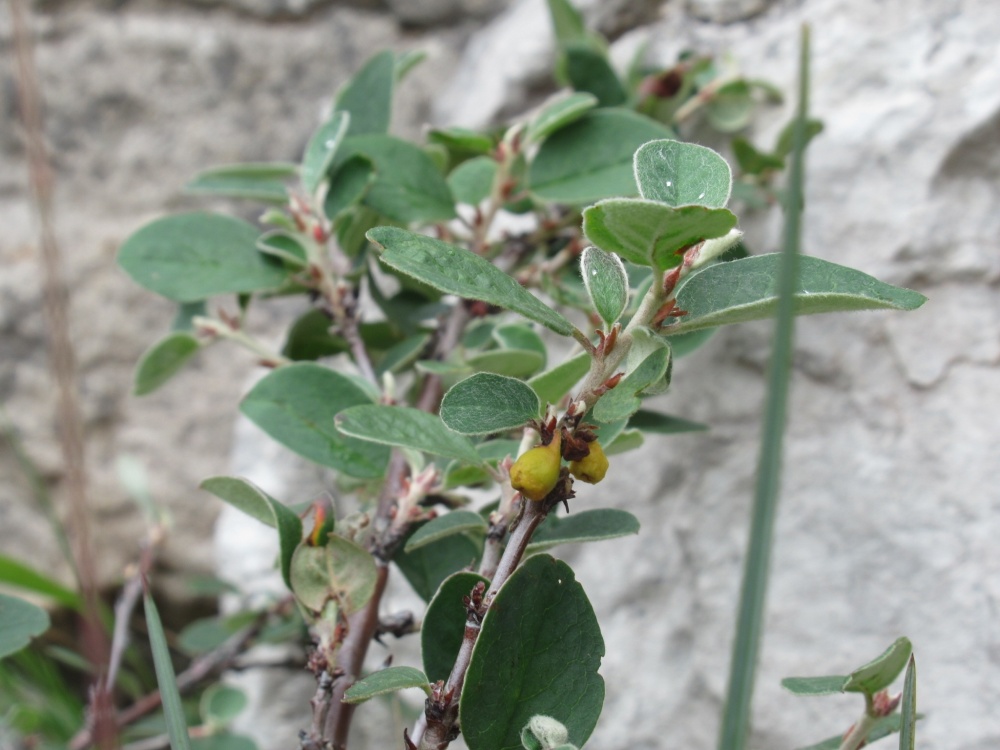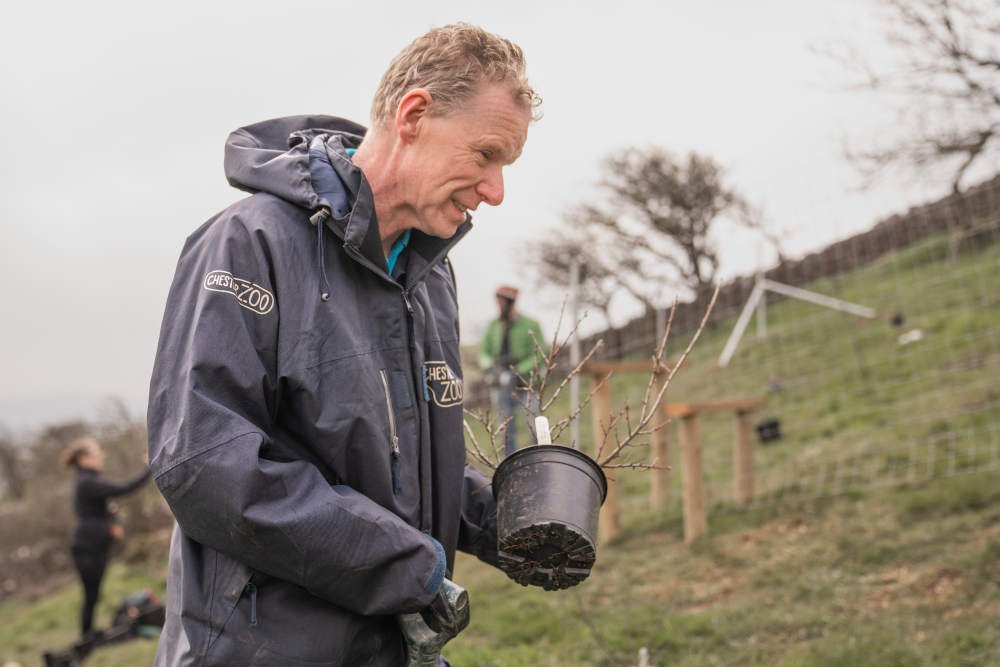One of the world’s rarest plants just grew in number by 30. Cotoneaster cambricus was once on the brink of extinction with just six known individuals in the wild, but that number has now been boosted to 110, including the secret release of 30 plants reintroduced to a mystery location.
C. cambricus is known only from a few isolated spots along cliff faces in North Wales. It was a thriving botanical species in the 18th century, but overcollection and grazing from sheep, goats, and cows has pushed it to the edge of extinction.
To bolster the wild population, the UK’s Chester Zoo has been cultivating C. cambricus in captivity but they’ve now unleashed the class of 2024 into the wild. Where have they gone? Well, that’s a secret, but the spot was chosen specifically to meet the requirements of this incredibly rare and endangered plant.
“This is an incredibly proud moment for myself and the nursery team here at Chester Zoo,” said Richard Hewitt, Nursery Team Manager, in a statement sent to IFLScience. “Our team has nurtured these plants from seedlings and to see them, several years later, finally be returned to the wild and provide hope for this species is a remarkable feeling.

They don’t look quite so stick-like as adults.
“We’re thrilled to be part of this crucial, collaborative effort to help restore Cotoneaster cambricus as it’s one of the world’s rarest plants and is right on our doorstep in North Wales. It shows what we can achieve for biodiversity here in the UK when we work collaboratively and with ambition.”
The 30 reintroduced individuals have been planted with special protective measures to keep them safe from any snacking livestock that happen to wander by. It’s hoped this will see their numbers continue to increase, as the plants can flower and develop from seedlings without the risk of getting munched on.
C. cambricus is just one of several species that Chester Zoo is in the process of returning to the Welsh landscape. They’ve had a hand in returning sand lizards – one of the most endangered reptiles in Britain – to coastal areas in North Wales; reversed the decline of pine martens in mid-Wales; and are continuing to research how best to conserve a rare aquatic species known as the yellow sally stonefly, which is only found in the River Dee, as well as Denbighshire’s dormice, which they’ve been studying for over a decade.
Conservation doesn’t happen overnight, but as C. cambricus shows us, the effort can really pay off.

Richard Hewitt, nursery team manager for Chester Zoo, releasing some Cotoneaster.
Image credit: Chester Zoo
“The planting of 30 Cotoneaster cambricus earlier this month is the culmination of seven years’ work between a large group of partner organisations to collect seed, trial germination techniques, and to create the right conditions for the plants to be reintroduced into their original habitat,” added Rosie Kressman, Senior Horticultural Technician at Bangor University’s Treborth Botanic Garden.
“We are delighted that Bangor University staff and students now join this inspirational effort to conserve this unique and precious species through research and practical action and are optimistic that its numbers will continue to increase as a result of everyone’s efforts.”
Source Link: One Of The World’s Rarest Plants Has Been Reintroduced To A Secret Site In The Wild